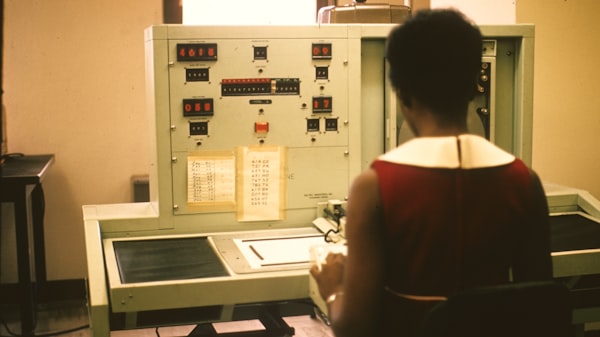- 欢迎使用千万蜘蛛池,网站外链优化,蜘蛛池引蜘蛛快速提高网站收录,收藏快捷键 CTRL + D
如何将安卓网络图片加载进缓存?使用加载网络实例优化图片加载效率!


 ```html
```html
在安卓开发中,为了提高用户体验,通常会将网络图片加载到缓存中,这样,当用户再次访问这些图片时,可以直接从缓存中获取,而不需要再次从网络下载,从而提高了加载速度。

为什么需要将网络图片加载进缓存?
为什么在安卓开发中需要将网络图片加载到缓存中呢?这样做能给用户带来哪些好处?
以下是一个简单的安卓网络图片加载进缓存的实例:
1、需要在项目的build.gradle文件中添加Glide库的依赖:
dependencies {
implementation 'com.github.bumptech.glide:glide:4.12.0'
annotationProcessor 'com.github.bumptech.glide:compiler:4.12.0'
}
2、在AndroidManifest.xml文件中添加INTERNET权限:
<usespermission android:name="android.permission.INTERNET" />
3、创建一个布局文件(activity_main.xml),添加一个ImageView用于显示图片:
<LinearLayout xmlns:android="http://schemas.android.com/apk/res/android"
xmlns:app="http://schemas.android.com/apk/resauto"
xmlns:tools="http://schemas.android.com/tools"
android:layout_width="match_parent"
android:layout_height="match_parent"
android:orientation="vertical"
tools:context=".MainActivity">
<ImageView
android:id="@+id/imageView"
android:layout_width="wrap_content"
android:layout_height="wrap_content" /></LinearLayout>
4、在MainActivity.java文件中,使用Glide加载网络图片并缓存:
import androidx.appcompat.app.AppCompatActivity;
import android.os.Bundle;
import android.widget.ImageView;
import com.bumptech.glide.Glide;
import com.bumptech.glide.load.engine.DiskCacheStrategy;
import java.util.concurrent.ExecutionException;
public class MainActivity extends AppCompatActivity {
private ImageView imageView;
@Override
protected void onCreate(Bundle savedInstanceState) {
super.onCreate(savedInstanceState);
setContentView(R.layout.activity_main);
imageView = findViewById(R.id.imageView);
String url = "https://example.com/image.jpg"; // 替换为实际的图片URL
loadImage(url);
}
private void loadImage(String url) {
Glide.with(this)
.load(url)
.diskCacheStrategy(DiskCacheStrategy.ALL) // 设置缓存策略为所有类型,可根据需要调整为其他策略,如DISK_CACHE_ONLY、RESOURCES_CACHE_ONLY等
.into(imageView); // 将图片加载到ImageView中
}
}

如何优化安卓网络图片加载进缓存?
除了基本的网络图片加载进缓存的功能外,还有哪些优化策略可以应用于安卓网络图片加载进缓存的实现呢?有没有更有效的方法?
通过以上步骤,即可实现安卓网络图片加载进缓存的功能。
如果你对安卓网络图片加载进缓存有更多问题或者想要了解更多相关内容,请留言讨论,也欢迎关注我们的更新并点赞支持,谢谢观看!
```| 广告位招租-内容页尾部广告(PC) |
相关文章推荐
- 无相关信息
蜘蛛技巧最新文章
- Error: Cannot retrieve metalink for "yum" Solution: Troubleshooting steps to fix the issue
- "什么是SQLPlus权限?如何分配和管理SQLPlus权限?"
- “避免SQL注入!mysql中tonumber函数使用要注意什么”
- “为什么苹果8p微信不会爆炸?了解安全科技背后的原理”
- 如何配置客户端IP服务器校时?一步步实施自动校时流程
- 在微信中查看别人的朋友圈不会直接在对方的朋友圈记录中留下痕迹。但是,如果你给对方的朋友圈点赞、评论或者转发,对方在朋友圈中会收到通知,并且在对方的朋友圈消息提醒中会有相应记录。
- “避免SQL注入!mysql中tonumber函数使用要注意什么”
- 1. 如何提升MySQL性能?7种优化方法让数据库运行更高效 2. 为什么你的MySQL数据库速度慢?5种实用技巧帮你解决优化难题
- Linux Mint支持UEFI启动吗?完全指南和解决方案
- 1. "如何在ADO C#函数开发中实现数据库连接和操作?掌握关键技巧提升开发效率" 2. "ADO C#函数开发中的数据库操作详解:从连接到数据处理全面解析"











)
)
)
)
)
)
)
)
